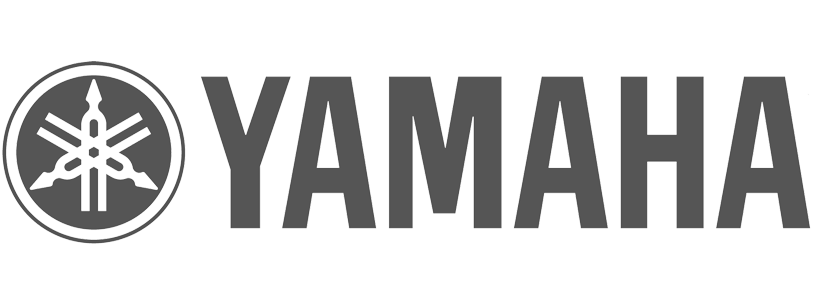Fishery management council announces possible three-day red snapper season for 2020
JEKYLL ISLAND, GA – Federal red snapper management in the South Atlantic disappointed recreational anglers once again this week with the announcement of a three-day recreational season in 2020. The announcement could ultimately result in no season at all for anglers since the South Atlantic Fishery Management Council previously passed a rule stating that any red snapper season of three days or less would result in no open season at all. Unless Regulatory Amendment 33 makes it through the NOAA Fisheries approval process in time for the proposed season, there will be no red snapper season in 2020.
“There is a legitimate conservation concern with South Atlantic red snapper, and no one wants to jeopardize the continued recovery of this valuable fishery,” said Bill Bird, chairman of Coastal Conservation Association’s (CCA) National Government Relations Committee. “But this has become an exercise in futility and the South Atlantic Council knows it. While anglers have patiently endured extremely short seasons for years, there is no indication of increased access to this improving resource, and little hope for relief in the future. Indeed, if you believe the data that NOAA Fisheries is using, there may never be a snapper season longer than a few days at best. Clearly it is time to start looking at better ways to manage this fishery.”
Among the alternatives that Coastal Conservation Association is suggesting in the wake of the management failure are state management of the red snapper resource in federal waters and an independent review of NOAA Fisheries’ recreational red snapper bycatch and release mortality data.
“The situations are not exactly the same, but red snapper anglers in the Gulf of Mexico have found great success with state management of the fishery after decades of federal mismanagement. We would like to work with state fishery agencies and anglers in the South Atlantic to see if that is a viable approach there as well,” said Bird. “Additionally, federal recreational data collection methods are not believed to be reliable by most private recreational fishermen; but the manner by which they calculate bycatch mortality for anglers is a particularly questionable component. If we stay on this path, with ever increasing red snapper discards as the population increases, it is difficult to see how there could ever be a decent season for red snapper, which should be unacceptable to anglers and managers alike.”
South Atlantic red snapper has been a management disaster since a 2008 stock assessment – the first one ever conducted on the stock – found that the fishery was so overfished that managers would have to prohibit all bottom fishing in a massive area to avoid red snapper mortality, even as bycatch. The fishery became the center of a firestorm of discontent over federal fisheries management. Subsequent assessments determined that closing a large proportion of the bottom of the South Atlantic to all bottom fishing was not necessary, but red snapper has remained largely off-limits although it appears the stock is rebounding significantly.
“Recreational anglers want to do everything they can to reduce dead discards in every fishery, which is why we supported the requirement for descending devices in the South Atlantic. That requirement was not supported by NOAA, which is inexplicable given the supposed severity of the bycatch issue in the red snapper fishery,” said Ted Venker, conservation director for CCA. “There are questions over everything in this fishery, from how NOAA calculates recreational bycatch, to how NOAA arrives at the annual catch estimates for red snapper in the first place, to how the Allowable Biological Catch is set. We are committed to finding a better way to manage these resources and finding a way out of this latest federal fisheries management train wreck.”








